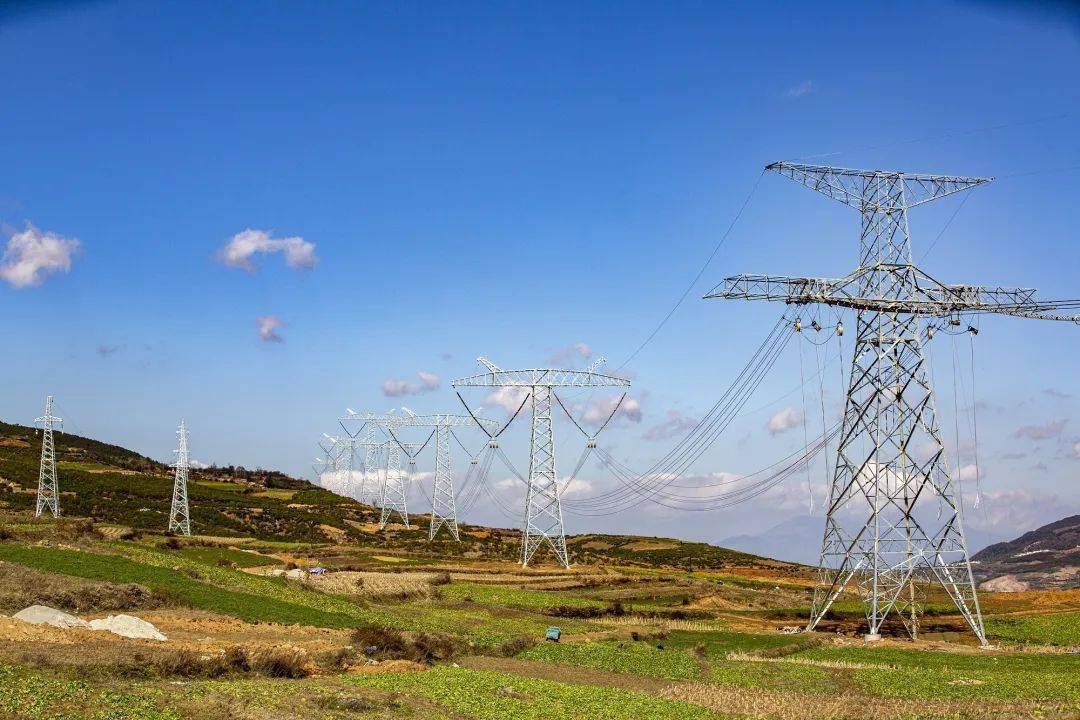
Bloomberg and the Swiss Bank, among others, forecast real GDP growth in the eurozone of around 1% in 2025, while the OECD expects growth of 1.3%. However, the German central bank has given the eurozone's economic growth in 2025 is only 0.8% to 1.1% of the bad expectations, not coincidentally, Germany and France as the two major economies in the eurozone, this year, the central banks of the two countries have lowered the economic forecast of limited growth.
The eurozone as a whole economic recovery is weak, and the manufacturing industry as an important pillar of the economy, its performance is particularly weak, at the beginning of the New Year, the latest released January manufacturing purchasing managers index (PMI) final value of 46.6, still lower than the line of 50, indicating that manufacturing activity continues to shrink, although the service PMI although slightly picked up, but the comprehensive PMI is still lower than the line of growth and contraction. It shows that the overall economic recovery is weak, and from the historical data, the eurozone manufacturing PMI has continued to be below the line of growth and contraction since 2022, and repeatedly refreshed the low point in 2024, this trend continued to January this year, this long-term downturn, so that the international community on the eurozone's deep-rooted structural problems at the same time, It also indicates that the prospects of the eurozone economic recovery are bleak and severe challenges.
At the same time, as the two largest economies in the eurozone, Germany and France in January manufacturing PMI hit the lowest level in five months and seven months, the biggest drag on the overall eurozone manufacturing performance, in the context of the global economy continues to fluctuate, the eurozone's economic data become the focus of international attention, as an important indicator of economic health. The change of PMI value can often guide the direction of the market, and the eurozone manufacturing PMI has failed to break the watershed of 50 growth and contraction for 36 consecutive months, showing that the recovery of the manufacturing industry is difficult, at the same time, the downturn of the manufacturing industry constitutes an obstacle to the recovery of the service industry, and the substantial decline in factory activities has become an obstacle to the further development of the service industry. This phenomenon poses a greater challenge to the future economic recovery.
First, the policy lag effect. Although the European Central Bank began to cut interest rates in June last year, the policy interest rate is still at a neutral level (3.00%), and the stimulus effect on equipment investment is limited. The sustained high interest rate environment has inhibited investment demand, while the weak external demand has further dragged down the development of the manufacturing industry. In addition, the recovery of inflation pressure has delayed the pace of monetary easing, although it is helpful to control inflation. But it has also had a negative impact on economic growth, further dampening the momentum of recovery.
Second, weak demand and cost pressures. Weak external demand and high internal cost environment are the main drag factors, the eurozone manufacturing industry has long faced the impact of high energy prices and tight global supply chain, soaring energy prices have intensified inflationary pressure, and supply chain problems have led to rising production costs, corporate profit margins have been compressed, inhibit investment and production willingness, and further inhibit manufacturing activities.
Third, major economies are diverging. There were clear differences in performance across the region, with growth in countries such as Spain and Ireland driving the overall recovery, but the core of the euro zone, Germany and France, remained weak. The German manufacturing sector is weighed down by high export dependence and low investment in a high interest rate environment, while the French manufacturing contraction is exacerbated by political uncertainty, and the uneven economic recovery across the eurozone countries further exacerbates structural risks within the region.
Finally, external risks. Geopolitical risks and the rise of trade protectionism have put pressure on the eurozone manufacturing industry, specifically, the uncertainty of the Trump administration's policy, the fluctuation of energy supply caused by the conflict between Russia and Ukraine, and the disruption of shipping in the Red Sea to push up logistics costs, which aggravated the operating pressure of manufacturing enterprises, resulting in the weak manufacturing PMI value and weak economic recovery.
In short, the continuation of the downturn in the eurozone manufacturing index at the beginning of this year reflects the severe challenges facing the economic recovery in the region, in order to achieve a full recovery of the economy, not only the European Central Bank needs to make appropriate adjustments in monetary policy, but also the governments and enterprises of the euro countries need to work together to promote the transformation and upgrading of the manufacturing industry and the healthy development of the service industry.

报告显示,中国电力投资加速增长,预计2024年电网基建投资将超过5300亿元。
近日,市场迎来了一则引人注目的消息:工业巨头3M公司(MMM.N)在本周五公布了其季度业绩报告,随后股价飙升至近两年来的
最近,外媒给OpenAI算了笔账,今年可能要血亏50亿美元。
近日,巴黎奥运会和世界铁人三项协会联合发布了一项重大决定,宣布因塞纳河水质污染问题,原定于近期进行的奥运会铁人三项首次下
当地时间7月18日,法国巴黎发生了一起令人震惊的持刀袭警事件。
近期,一则重大消息在国际舞台上引起轩然大波,马来西亚宣布加入金砖国家。
调查发现,互联网和智能手机的使用干扰了韩国近五分之一学生的生活。